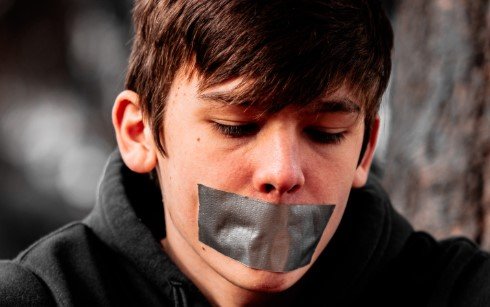
The 2022 Global Report on Trafficking in Persons from the United Nations Office on Drugs and Crime (UNODC) highlights a significant issue in human trafficking – boys and men make up 40% of all identified victims. However, societal and institutional stereotypes continue to hinder the recognition and support for male victims of trafficking.
According to a recent article by the Human Trafficking Institute, harmful masculine stereotypes lead to widespread misconceptions about male trafficking victims. These false perceptions manifest in several damaging ways. Law enforcement, for example, often does not recognize boys and men as victims, assuming that trafficking victims are predominantly female. Moreover, male victims are typically perceived as being exploited for labor or, in cases of commercial sex, presumed to be involved voluntarily. This leaves many male victims without the protection or support they need, even after escaping trafficking situations. In fact, male survivors are at greater risk of being penalized, such as being detained for irregular migration status or arrested for crimes related to their trafficking experiences.
Research also indicates that males are less likely than females to identify themselves as victims of trafficking. Many male victims view their situation as the result of bad luck or personal failure, rather than recognizing their exploitation.
Furthermore, resources tailored specifically to male trafficking victims are scarce. A 2018 review by the Human Trafficking Institute of 150 organizations receiving U.S. federal trafficking-related grants revealed that only one organization had a dedicated program for male victims.
To address these challenges, advocates are calling for increased public awareness, inclusive training for law enforcement, and improved access to medical care and housing for all victims of human trafficking, regardless of gender.








































